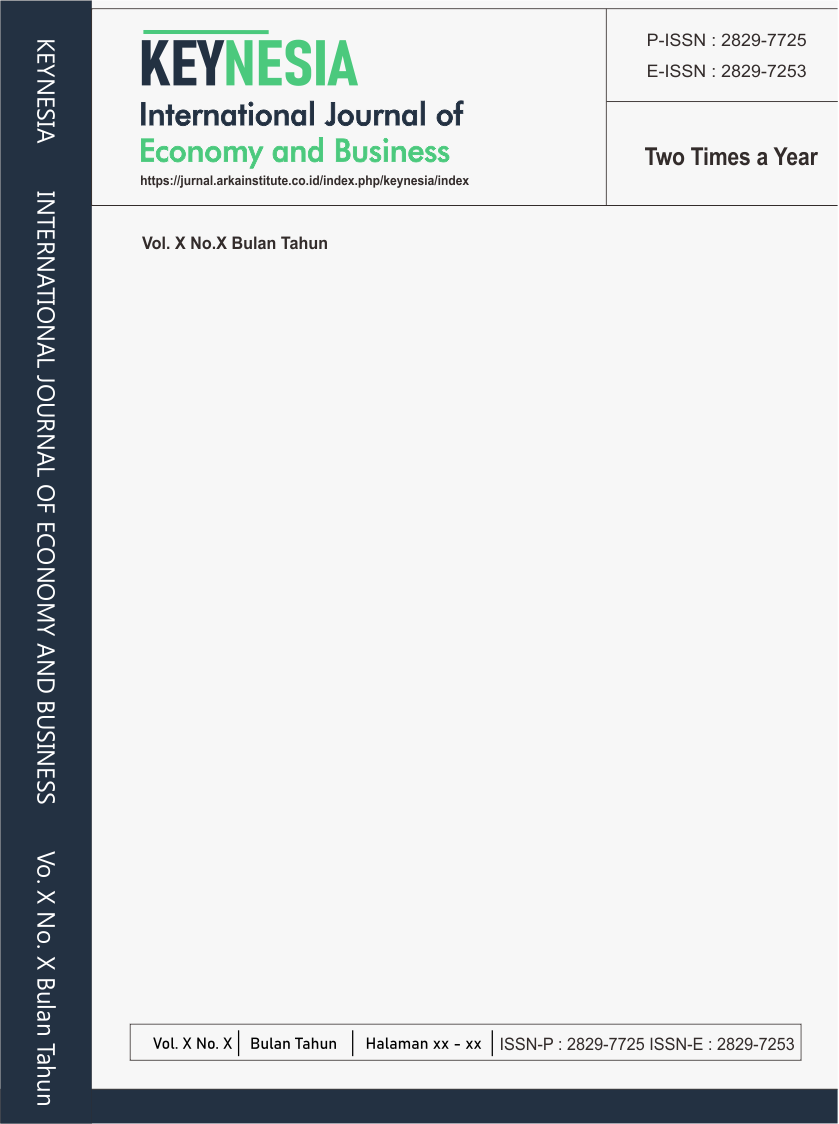Analysis of Islamic financial literacy and demographics on saving decisions in Islamic banks
Main Article Content
Abstract
When the level of Islamic financial literacy in society is high, it will lead to the growth of development financing, this is based on public awareness to save and invest in Islamic financial institutions. Apart from the Islamic financial literacy factor, demographic factors include age, gender, income, and education level. This research uses a mixed-method approach: quantitative methods in bibliometric studies and qualitative methods in literature review studies. The object of research is Islamic financial literacy and demographics. The type of data used is secondary data. The scope of the data used is research journal articles on Islamic Financial Literacy and Demographics on Saving Decisions in Islamic Banks. In 2023, Islamic financial literacy showed significant progress, the highest level in the last five years. Wibowo (2023) reported that of 1800 respondents, 65% had sufficient knowledge of Islamic financial products. Financial literacy programs supported by the government, an increase in the number of Islamic financial institutions, and the development of Islamic financial technology are the main drivers of this progress. The increase in Islamic financial literacy from 2019 to 2023 shows a positive development in public acceptance and understanding of the Islamic financial system. This directly impacts the increase in saving decisions in Islamic banks. The research results from 2019 to 2023 show that demographic factors such as age, gender, education level, income, and marital status significantly influence the decision to save in Islamic banks.
Article Details
Section

This work is licensed under a Creative Commons Attribution-NonCommercial 4.0 International License.

